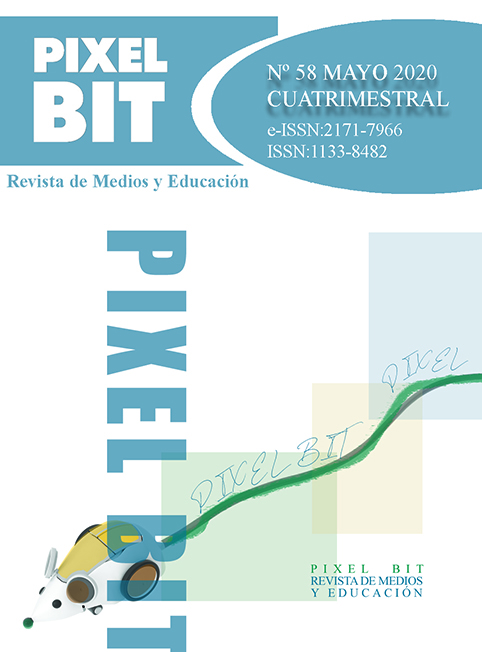Resumen
El presente trabajo muestra una investigación basada en la técnica de Análisis de Contingencias (Osgood, 1959; 2009), utilizando el software de análisis cualitativo WebQDA (Neri de Souza, Costa y Moreira, 2011) y el de representación y análisis de redes sociales Gephi (Bastian, Heymann y Jacomy, 2009), para estudiar las percepciones y sentimientos hacia las matemáticas y su enseñanza de un grupo de 196 estudiantes para Maestro del Grado de Primaria.
Para ello se pidió a los participantes que narraran cuál había sido su experiencia con las matemáticas como estudiantes. A partir de las narraciones obtenidas, se crearon de forma automatizada representaciones gráficas en forma de redes de las categorías de análisis presentes en dichas narraciones, destacando no sólo las más importantes sino también las interrelaciones entre ellas.
A partir del análisis de estos datos se pudieron identificar las concepciones del grupo sobre las matemáticas, sus expectativas como futuros maestros y sus sentimientos hacia dicha asignatura, relacionándolos con los profesores que se las enseñaron.
Consideramos que la aplicación de herramientas de representación de redes sociales, ofrece interesantes posibilidades para la representación de grandes cantidades de datos y puede proporcionar un avance en las técnicas de análisis cualitativo de datos en investigación educativa.

